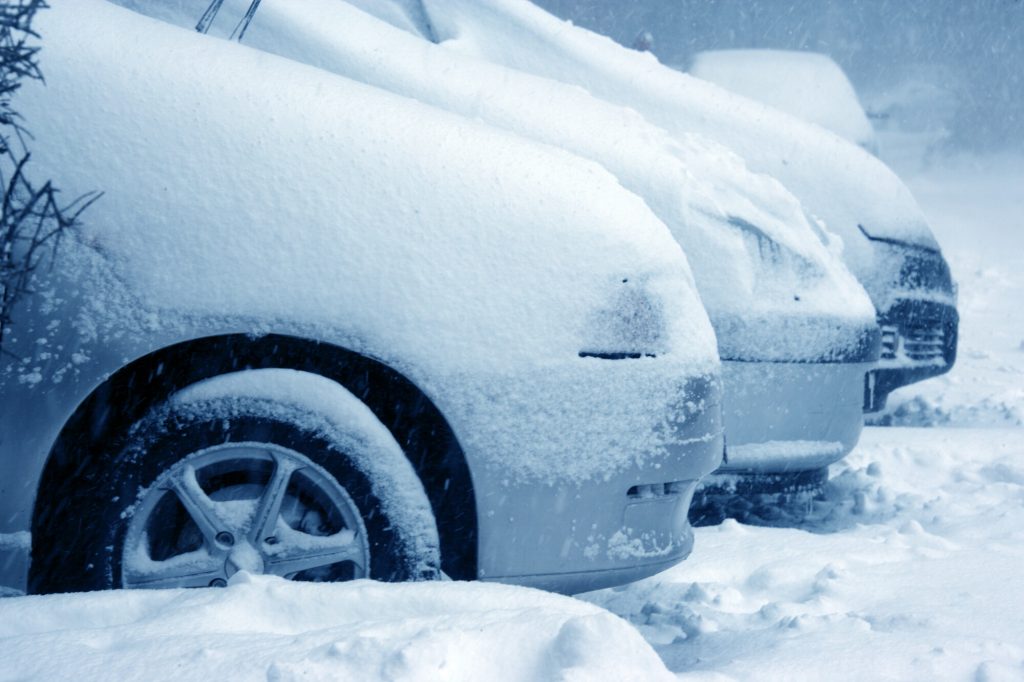If you take good care of your car, your car will do the same for you. With the average new car costing $47,000 this year, it pays to keep your car running for as long as you can.
Well, if you live in Canada, you have a few threats to your car that need to be taken seriously. Road salt, ice, and cold engines are just a few. Luckily, we can help with that.
Let’s talk about how long to warm up a car in the winter for the best results and why it’s so important!
Should You Warm Up Your Car in the Winter?
This has become a controversial topic in the automotive world recently, even though it never was in the past. In short, yes, you should absolutely warm up your car. Here’s why.
Engine Protection
Off the top of your head, what role does oil play in your engine? That’s right, protection. If you’re not big on mechanics, it’s always great to learn a little more about how engines work.
All of the moving parts in your engine require proper lubrication to function properly for 150,000 to 300,000 miles. Otherwise, there would be too much friction and the inside of your engine would degrade too quickly.
If you were to put some motor oil into two separate glass containers and stick one in the freezer and leave one in your kitchen, how would you expect them to differ if you left them overnight? The oil in the freezer would be more viscous and not move as quickly while you swish it around, and the oil left out would move more quickly, right?
For that reason, it’s not ideal to have your engine run at all in cold temperatures. Even at 700 RPMs while idling, the oil can’t protect the engine at optimal levels in the cold. However, 700 RPMs is far more manageable than 2,500 RPMs or more, so the damage is extremely limited.
Over time, if you were to drive hard with your oil being so cold and viscous, your engine will wear out much faster. If you live in Canada, you’re used to harsh winters, and they will wear out your car much more quickly than in the southwestern US, so damage control is your best bet. So, how long do you need to warm up your car for the best results?
How Long to Warm Up a Car in the Winter
Even in the summer, it wouldn’t hurt to let your engine run for a minute to bring the temperature into a safe range. If you have 5 quarts of oil or more in your engine, the heat needs a moment to spread for the best results. However, this isn’t as serious of a concern.
During the winter, engine damage will happen a lot quicker without enough time to warm up. At the very least, we’d recommend idling the engine for 5 minutes before driving and 10 minutes in particularly cold weather, especially if you’re near a highway or main road. If you’ll need to accelerate hard within the first couple of minutes on the road, give your engine ample time to warm up before driving.
Monitor the Temperature
The ideal operating temperature for a car is between 35 and 105 degrees Celsius or 195 and 220 degrees Fahrenheit.
There should either be a thermometer or a light that displays on your dashboard when your engine is too cold. If it’s a light, which is common in newer vehicles, you can simply wait until the light has disappeared, which will tell you that the engine is not at optimal temperatures yet.
The temperature gauge should be clearly labeled with colors to show you the safe operating temperatures. Once the needle is in that range, you can begin driving. Again, if you’ll be accelerating harshly within the first couple of minutes of driving, allow the needle to go further into the range if possible.
Start Your Car Ahead of Time
It gets boring sitting in your car and waiting to commute to work for 10 minutes, which makes it tempting to cut the time short. Either install and use a remote starter in the winter or go outside and start the vehicle while you get ready. Making this a habit will help you keep your car running optimally for as long as possible!
Drive Carefully
Let’s say you live in a quiet neighborhood where you won’t be exceeding 15 mph or going up any large hills. Will you really have to wait 5 to 10 minutes to drive? Honestly, it depends.
Your engine won’t really know the difference between being in park or drive if you aren’t stepping on the gas. If you’d prefer to start rolling along without driving hard, then this shouldn’t be a problem for your engine. However, your transmission may be a different story.
If you really can’t warm up your car ahead of time and you need to drive before the engine is running at optimal temperatures, drive as slowly as possible and be careful not to step too hard on the gas. Keep an eye on the temperature gauge before accelerating or driving fast.
Keep Your Car Running
Now that you know some tips on how long to warm up a car and keep it running in the winter, add this to your car care checklist. Canadians need to take extra precautions for winter car care, so take your time in the morning, bring your car up to the right temperatures, and drive safely!
From there, stay up to date with our latest car care tips, and feel free to contact us with any questions or for help with your vehicle!

